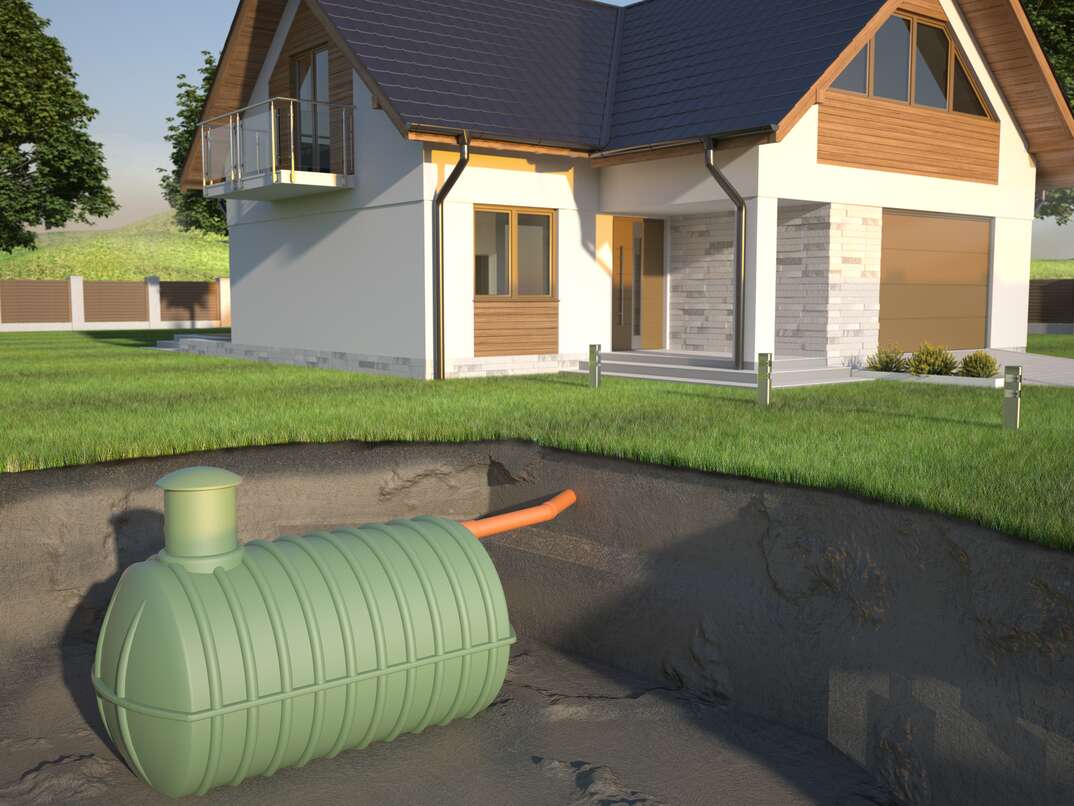When it comes down to homeownership Certain aspects are likely to stay hidden from plain sight until they demand attention. Septic systems are one of those essential, but often neglected parts of a home. It is often overlooked, thinking it will perform its job without concern or need for maintenance. Septic tanks, like all systems, have a limited lifespan and will need to be replaced at some point.

Unprepared homeowners may have a difficult time securing the expense of replacing their septic system. The total price is determined by numerous factors, therefore it is important to plan for the new system.
In order to determine the exact cost of installing an upgrade to a septic tank, it is important to take a look at more than the price. It’s not just about removing the old tank and installing the new one. The price is affected by a variety of services and components. Costs are incurred at every phase of the project, such as obtaining permits, hiring experts, and even excavation and installation.
One of the primary considerations is the septic tank replacement cost itself, including the cost to install septic tank and leach field. The price of new tank will vary based on the size and materials of the tank as well as the complexity of the installation. The price can be influenced by the location of your home the local regulations, as well as the conditions of your soil. It is crucial to talk with experts on septic systems to analyze your particular requirements and provide a detailed estimate. They’ll also take into consideration how big and the design of the leach field to provide you a comprehensive comprehension of the amount your project is going to cost.
The leach or drain field is another significant expense. This component plays a vital function in wastewater treatment as well as dispersal. Removing a damaged or inoperative leach field is a meticulous process and could significantly affect the total cost for septic replacement. When calculating the total cost, it is important to consider factors such as the size and composition of leach fields, their accessibility, and the soil composition.
The costs of a new septic system can be not just tangible, they are also intangible. This can disrupt your everyday life by requiring to temporarily leave your home, or restrict your water usage while the installation is taking place. These inconveniences should be factored into your plan, since they could impact your daily routine, and possibly result in additional costs, for example, accommodation expenses or changes to your daily routine.
Moreover, it’s crucial to recognize the importance of regular maintenance and upkeep of your septic system is vital to extend its life and limit the possibility of premature replacement. The absence of maintenance work can result in more severe problems in the future, including damage to the drainfield or failure of the tank. It is recommended to include septic system expenses within your budget. This can help you save money.
By now, you may have realized that determining the total cost of replacing the septic tank isn’t a simple task. This requires careful consideration of many factors, from the size and nature of tank to the difficulty installing it as well as the condition and health of the leachfield. The location of your residence and the local regulations may influence the price. To accurately calculate the expense, it’s important to consult with professionals experienced in the replacement of septic systems.
If you are considering replacing your septic, you may be surprised by the hidden costs. Costs can quickly add to the point that you need to be aware prior to making any decision.
A few of the hidden costs associated with a new septic system are:
The costs of permits and inspections. Before beginning work to replace your septic tank, you’ll have to obtain permits from your local authority. The permits are costly as well as you might need to pay for inspections.
Cost of excavation and removal. Before the new system is put in place, it’s necessary to dismantle and remove the old system. It’s a costly process, particularly if the system is in a hard-to-access area.
The cost of backfilling and leveling. Once the old system has been removed, the void needs to be filled and graded. This is important to ensure that the new system is properly draining.
The expense of landscaping. You might need to plant a garden in the area after the installation of the new system in order to maintain it in a neat and tidy manner. This could be expensive particularly if you have to employ a professional landscaper.
When planning for a septic repair, you must include any hidden costs. If you do this you will be sure to avoid surprises in the future.
Eco-friendly septic systems can be a fantastic option for homeowners with an unfinancially tight budget. The eco-friendly solutions for septic are not just economical alternatives to conventional systems, they also help protect the environment by reducing runoff and water pollution. Eco-friendly septic systems are becoming more affordable and accessible that makes them a great option for anyone looking to reduce the impact on the environment of their property without running out of money. While there might be initial costs for switching to a green system, these additional costs can be more than compensated for in long-term savings. It’s not just a fad, but a lifestyle change anyone who really want to protect our planet for future generations. If you have the right plan installed, you’ll have peace of mind knowing that you’re contributing to help the world and also guaranteeing that your home is functional and efficient without the need for maintenance, and lower monthly expenses.